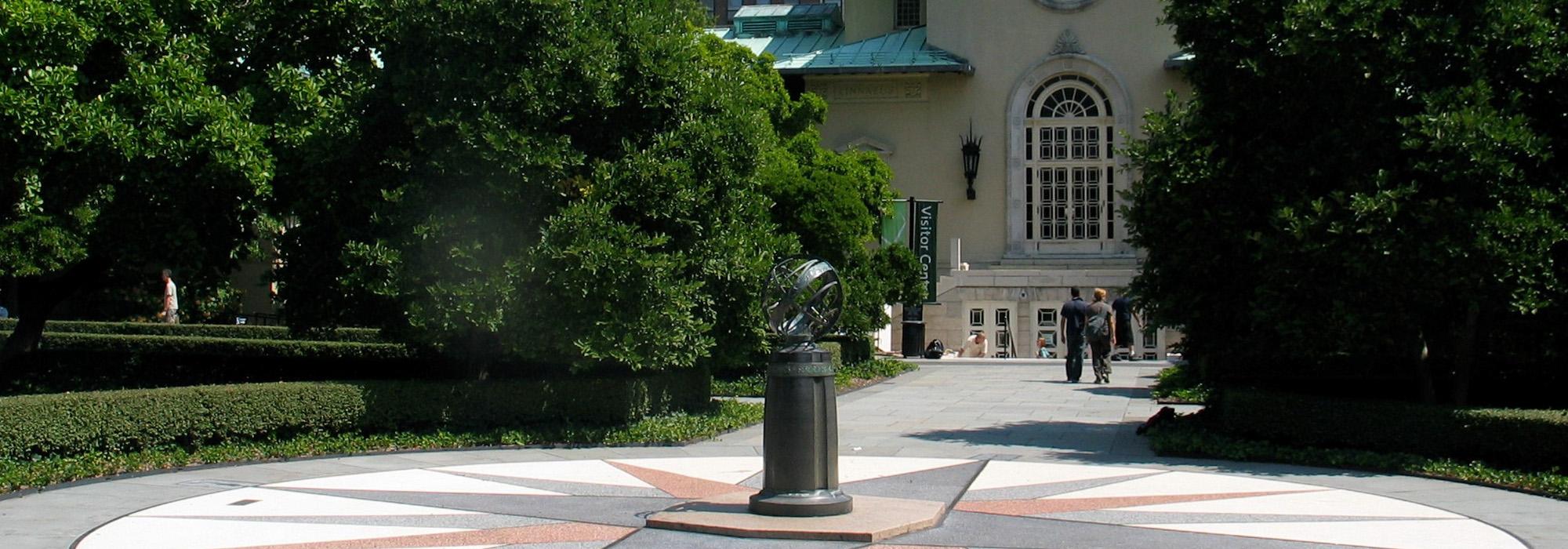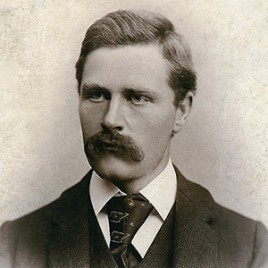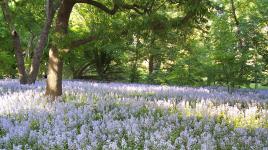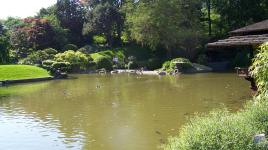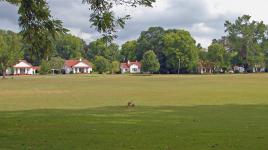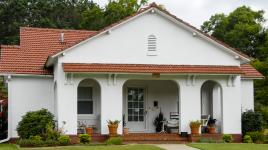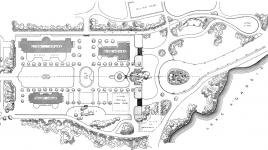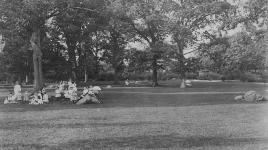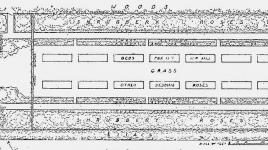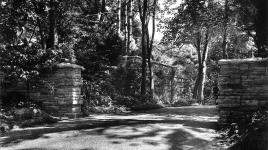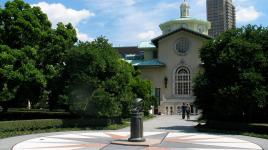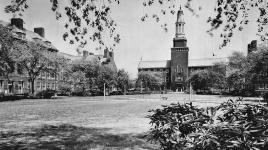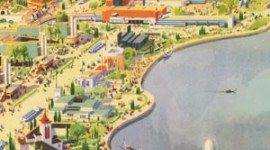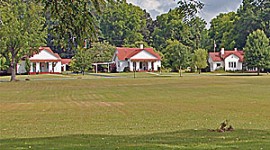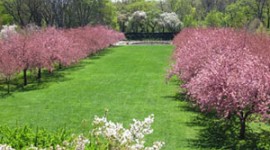Pioneer Information
Born at Newark on Trent, Nottinghamshire, England, Caparn’s initial exposure to horticulture and landscape design came from both his grandfather and his father, who owned the largest nursery in the English Midlands. In the 1890s Caparn followed his father and brother to the U.S., where they had established a successful garden design business in Short Hills, New Jersey. He initially worked for landscape gardener J. Wilkinson Elliott, then moved to New York City in 1899 and opened his own office in 1902.
In 1912 the Brooklyn Botanical Garden appointed him its consulting landscape architect. Among many projects he completed in 32 years working there, he designed the Gardens’ overall plan (following the Olmsted Brothers initial site layout), and also the Plant Family Collection, which presents plants in botanic order of their evolution on earth. He did significant work at the New York Zoological Park in Brooklyn and designed numerous city parks and private estates in the region and further south, in Tennessee and Virginia.
Caparn was an active writer and educator about landscape architecture and an early advocate for the field. He taught landscape architecture at Columbia University, establishing a degree program there along with Ferruccio Vitale and Charles Wellford Leavitt, Jr. He was elected a Fellow of the American Society of Landscape Architects in 1905.



